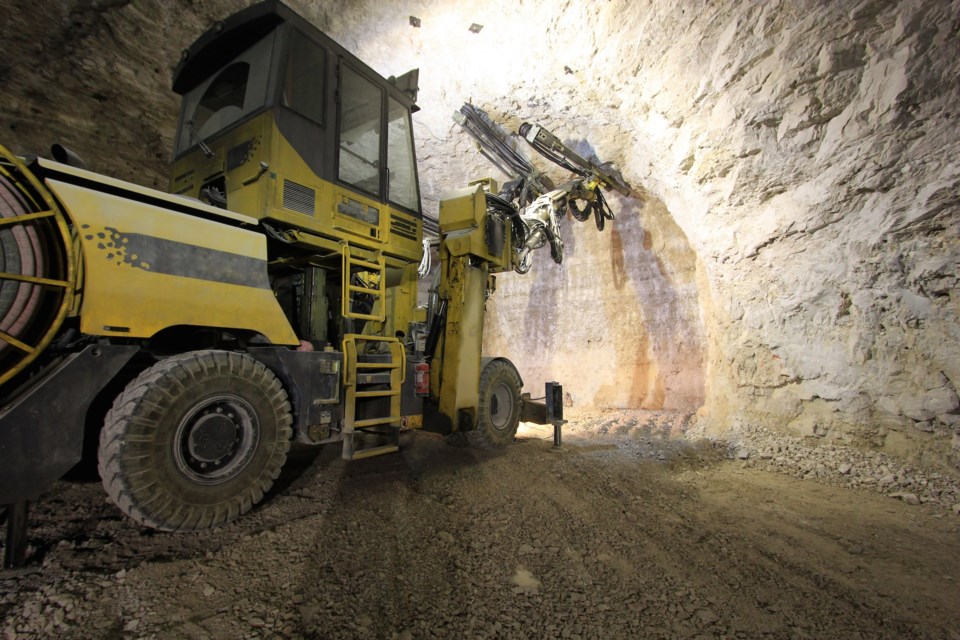The mining industry is slowly recovering from an extended downturn, but it will need between 97,000 and 135,000 workers over the next decade in order to meet demand, according to a new report.
The Mining Industry Human Resources Council (MiHR) released the 2019 Canadian Mining Labour Market Outlook Report on Nov. 16.
“Mining is characteristically volatile and cyclical, further challenged by skills gaps and labour shortages that have the potential to derail operations,” said MiHR’s executive director, Ryan Montpellier, in a news release.
“Investigating challenges and trends and how they are expected to change over the course of the next decade is critical to ensuring companies and post-secondary educational institutions are prepared for the road ahead.”
The 60-page report notes a number of indicators suggesting the industry is in recovery mode, including the rising prices of commodities, which have been increasing since 2016.
Available work in support services levelled out in 2017, and unemployment rates in mining, quarrying, and oil and gas extraction returned to historically low levels in 2017.
Yet, the report found that there are still major gaps in key occupational categories, including trades and production, technicians and technologists, and supervisory and managerial positions. Women remain underrepresented in the industry, making up only 16 per cent of its workforce.
Results of the study also show that enrolment in undergraduate mining engineering programs dropped 12 per cent between 2015 and 2016 – the largest decline of all engineering programs.
As more technology is being implemented in mining, more workers with specialized STEM (science, technology, engineering, math) skills are required, the report noted. The share of STEM-related occupations in mining increased from 14 per cent in 2001 to 18 per cent in 2016. Workers with engineering skills are particularly sought after.
To further examine the labour needs of the industry, MiHR noted it would undertake a new study, The Changing Nature of Work in Mining: Impact on the Canadian Mining Labour Force, over the next two years.
MiHR is an independent, non-profit organization, that aims to drive collaboration among mining and exploration companies, organized labour, contractors, educational institutions, industry associations and Indigenous groups to identify opportunities and address the human resource and labour market challenges facing the Canadian minerals and metals sector.




